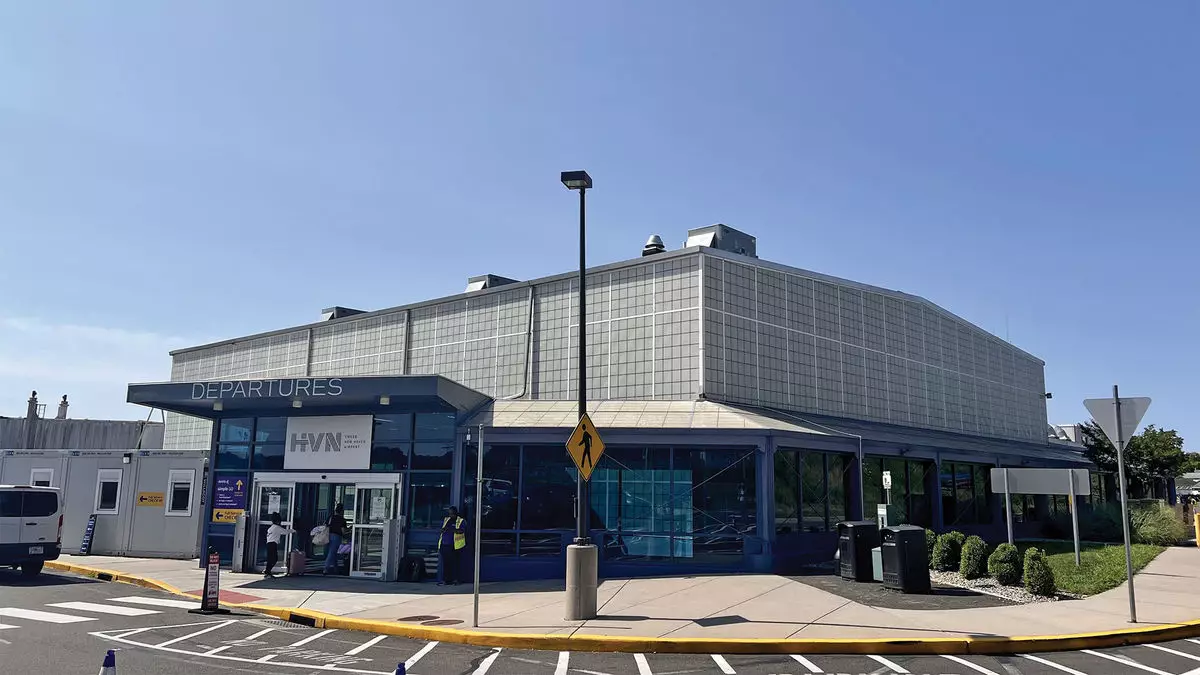In the ever-evolving world of airline travel, regional airports often become battlegrounds for low-cost carriers striving to capture market share. Tweed New Haven Airport (HVN) in Connecticut has recently experienced its own transformation as Avelo Airlines celebrated its first quarterly profit in late 2022. Avelo’s remarkable achievement was no small feat, considering it had operated as the sole carrier at HVN. However, as we step into winter, the introduction of Breeze Airways into the HVN market marks the start of a challenging new chapter for Avelo, igniting discussions about competition, market demand, and strategic airline positioning.
Breeze Airways has made headlines with its ambitious plans to introduce ten new routes from New Haven, six of which overlap with Avelo’s existing services. Breeze’s Chief Commercial Officer, Lukas Johnson, framed the airline’s incursion into New Haven as a strategic opportunity rather than a direct challenge to Avelo. The goal, according to Johnson, is to tap into a combined total of available seats that has historically undershot the potential demand in the affluent Connecticut market. With a local population of approximately 1.7 million and limited alternatives to reach New York’s primary airports, Breeze sees a lucrative opportunity to serve travelers seeking affordable and convenient flight options.
The juxtaposition of two discount airlines in a relatively small airport with only three gates raises eyebrows among industry experts. Some analysts have expressed concern about the viability of two such airlines thriving concurrently at HVN. Mike Boyd, a seasoned industry analyst, shed light on the inherent complexities of this new competitive landscape, suggesting there is indeed warranted confusion surrounding the dynamics at play.
The Connecticut coast presents a fertile ground for airline growth, with its high-income demographic and challenging access to larger airports. Avelo and Breeze are both seasoned players in the low-cost space, possessing significant experience in identifying market openings even in unconventional settings. The prolonged two-hour drive from New Haven to major New York airports provides a compelling reason for local residents to seek alternative air travel options.
Will Livsey, an analyst for Cirium, notes that New Haven offers a demographic and geographic opportunity that cannot be overlooked. The entry of Breeze is thus not merely a competitive move; it’s an acknowledgment of the area’s potential for routes that are currently underserved by any airline, especially legacy carriers.
Adding to the intrigue is the timing of Breeze’s announcement, which closely followed Avelo’s own expansion plans at Bradley Airport, located north of Hartford. The palms of competitive strategy are visible here, raising questions about whether Breeze’s decision was indeed a retaliatory maneuver against Avelo’s growing footprint or a long-considered plan independent of Avelo’s trajectory.
Johnson insists that Breeze’s entry into New Haven has long been part of the company’s blueprint for expansion in Connecticut and does not stem from Avelo’s recent moves. The presence of David Neeleman, Breeze’s founder, who has local ties, bolsters claims of the airline’s commitment to the region.
The outlook for Tweed New Haven cannot be discussed without mentioning the airport’s plans for expansion. A proposed $165 million overhaul is set to include enhancements such as a new terminal and an extended runway. This infrastructure upgrade is crucial not only for expanding service options for Avelo and Breeze but also for enhancing their operational capabilities, enabling heavier weight flights and longer-distance routes.
Currently, Avelo primarily flies to Florida and other destinations on the Eastern Seaboard, and as Breeze initiates its service offerings, similar routes are expected to populate their schedules. The simultaneous development of a comprehensive service roadmap by both airlines could create a competitive synergy that fundamentally reshapes air travel in the region.
As Avelo Airlines and Breeze Airways set their sights on the New Haven market, the air travel landscape in Connecticut may witness an exciting transformation driven by low-cost options. While competition can create an environment that fosters better pricing and service, there is also a possibility that both carriers may irritate the fragility of the market dynamics. With both airlines recognizing the considerable potential of the Connecticut coast, the future might usher in a uniquely collaborative yet competitive environment. Ultimately, time will reveal whether Tweed New Haven can sustain two budget airlines while continuing to grow its regional relevance in the bustling corridor between Boston and New York.


Leave a Reply